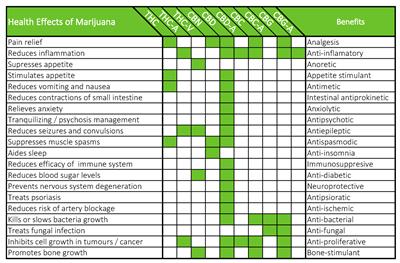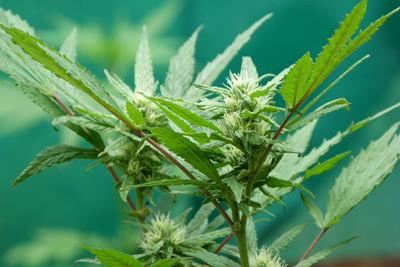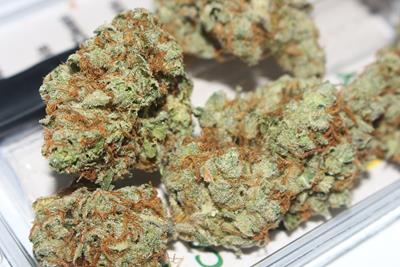
Thursday June 27, 2019
By Erin Hiatt
 Health/Science
Health/Science
As you may know, the effects of cannabis are a result of far more than just THC and CBD. There are many cannabinoids and terpenes that work together to create the “high” from cannabis that many people know and love. Today, we’re going to focus on one of the more mildly psychoactive substances found in cannabis, cannabinol. Cannabinol, or CBN for short, is primarily found in aged cannabis. In fact, if you have some old, unused cannabis leftover and it seems too dry or flaky to enjoy, you may want to hold onto it a bit longer. It may have high levels of CBN, which is actually a metabolite of marijuana’s popular psychoactive compound, THC. When THC breaks down because of aging or oxidation, it is converted into CBN. Most cannabis flower contains a small percentage of CBN, however, older flower typically contains much higher CBN content.
An Overview of CBN
Found primarily in older, aged cannabis, CBN’s ameliorative effects are often overlooked. However, it is known primarily for its excellent sedative effects, making it ideal for those looking to beat insomnia. In fact, preliminary studies have found that CBN may be a more effective sleep aid than diazepam, more commonly known as Valium. It is also believed that CBN has little to no intoxicating effects.

As it turns out, CBN was the first cannabinoid to be identified, when Robert Sydney Cahn was researching the cannabis plant in the 1930’s. Like the other, more well-known cannabinoids, THC and CBD, CBN interacts with the body’s own endocannabinoid system (ECS), a physiological system in the body charged with regulating mood, pain, appetite, and other cognitive functions to create homeostasis, or a state of balance, within the body.
Because CBN interacts with the ECS, it is believed it could have healing effects on several conditions.
Though more than 100 cannabinoids have been identified, the research on most of them is scant or in the most preliminary stages. But so far, it is thought that CBN, in addition to helping with sleep, may be beneficial in several other ways:
Potential Benefits of CBN:
- Pain: Early research has indicated that CBN may have a pain-relieving effect, by interacting with neurons that are sensitive to capsaicin, often used in topical form to relieve joint and muscle pain
- Inflammation: It is thought that CBN has strong anti-inflammatory qualities by working the body’s immune system. When the immune system is strong and healthy, it is able to temper the inflammatory response, thought to be at the root of many chronic diseases
- Antibiotic: A 2008 study found that CBN was effective in treating the antibiotic-resistant bacteria MRSA, also known as staph infections, that if left untreated, are potentially life-threatening
- Appetite Stimulant: Unlike its partner cannabinoid CBD which is thought to decrease appetite, CBN seems to increase appetite, which could be a game changer for those unable to eat because of cancer treatments, wasting syndrome, and disordered eating
- Bone Healing and Growth: A 2007 study found that CBN may activate stem cells to help in the growth of new bone cells, help to heal fractured bones, and reverse bone loss
- Fighting Cancer: Animals treated for ten days with a combination of THC and CBN demonstrated slowed tumor growth, showing promise for researchers studying cannabinoids and their potential cancer fighting effects
- Anti-Convulsant: Though CBD is famous for its anti-convulsant properties, especially for young patients with intractible forms of epilepsy like Dravet Syndrome and Lennox Gastaut, CBN has also been shown to be an effective anti-convulsant
Isolated CBN is not as readily available as CBD, for example, but surely it is only a matter of time before you’ll be able to go to the local dispensary to buy a patch, capsule, or oil. Since CBN is a byproduct of THC degradation, finding a strain with anything other than a paltry amount of CBN is a tough go. To find one in your dispensary, be sure to check the label for the percentage of CBN. And remember, even if the cannabis is old and looking the worse for wear, it is likely to be high in CBN.
What are your thoughts on CBN? Have you tried any flower with high CBN content? Share your experiences in the comments below!
Photo Credit: Alexander Aguero (license)







